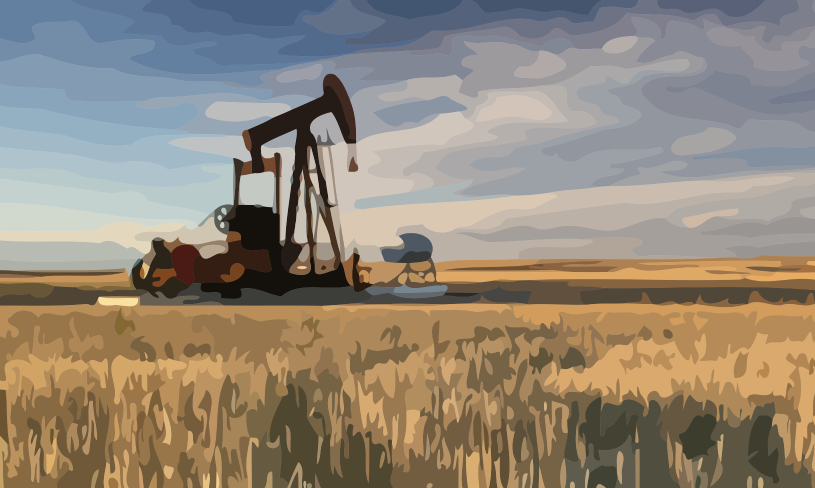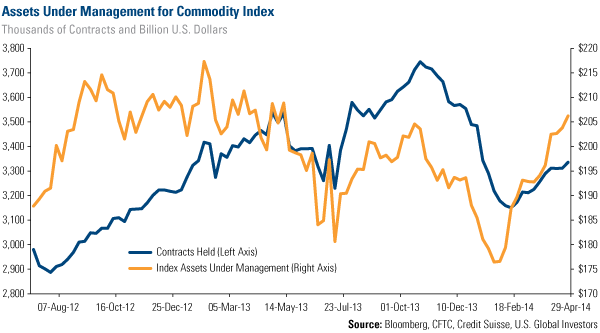Energy and Natural Resources Market Radar (May 12, 2014)
Strengths
- Energy accounted for nearly two-thirds of the $8 billion of inflows into sector-based, exchange-traded funds this year, according to data compiled by Bloomberg.
- China crude oil imports increased 18 percent year-over-year to 6.8 million barrels per day. The sharp rise in April imports is counter seasonal, suggesting additional supplies will support the new 240,000 barrel per day Quazhou refinery.
- The price of nickel on the London Metals Exchange gained 9 percent this week, hitting a new 52-week high, and breaching the key $20,000 per tonne level. News of a Vale plant shutdown in New Caledonia added to further concerns over supply deficit.
- China imported 83.39 million tonnes of iron ore in April, the second-highest monthly figure on record and up 12.75 percent from March. This was driven by seasonal demand from Chinese steel mills for the raw material. Iron ore imports in the first four months of 2014 were 305.3 million tonnes, up 21 percent on the year, data from the customs authority showed on Thursday.
Weaknesses
- Natural gas futures slid to the lowest level in three weeks on forecasts that stockpiles will build at a faster pace as demand falls due to mild weather.
- China’s HSBC final PMI shrank in April to 48.1 compared to an initial reading of 48.3, although slightly ahead of the March reading of 48.0. China’s manufacturing sector contracted for the fourth consecutive month in April. This compares to last week’s official final PMI reading of 50.4 versus 50.3 in March, according to Reuters.
Opportunities
- Natural resource equities could provide a better hedge against inflation than commodities themselves, according to a white paper from The Boston Company Asset Management group. The paper noted that it may be an appropriate time to consider strategies against a rise in inflation as interest rates appear to have bottomed.
- According to a recent investor panel, global oil supply will need to grow by 5 million barrels per day every year in order to offset production declines and keep supply flat. All of the U.S. shale oil from 2009 to the peak in 2019 is not expected to completely offset that required growth. Accordingly, oil prices could be higher for longer to incentivize exploration and development.
- Mining mergers and acquisitions (M&As) could double in 2014 on a shift in Chinese government policy and a decline in commodity prices. China’s new rules allow overseas deals under $1 billion without government approval. Mining acquisitions by Chinese companies surged 63 percent year-over-year in the first four months of 2014. Iron ore, coal and copper remain top targets given the decline in prices.
- BHP said the gain in global iron ore production is led by Australia and Brazil and their new low-cost output will displace marginal suppliers in China. Vale plans to raise output almost 50 percent by 2018.
Threats
- Consumers in the U.S. may pay the most they have in a long time for meat this grilling season as costs for pork and beef surge, according to the American Farm Bureau Federation. “Farmers and ranchers are raising smaller numbers of hogs and cattle,” John Anderson, the bureau’s deputy chief economist, said in a statement. “This is the key factor contributing to higher retail meat-prices, a trend that is likely to continue through the summer and, at least for beef, into next year.” The U.S. cattle herd started the year at the smallest since 1951 as ranchers struggled to recover from years of drought.















